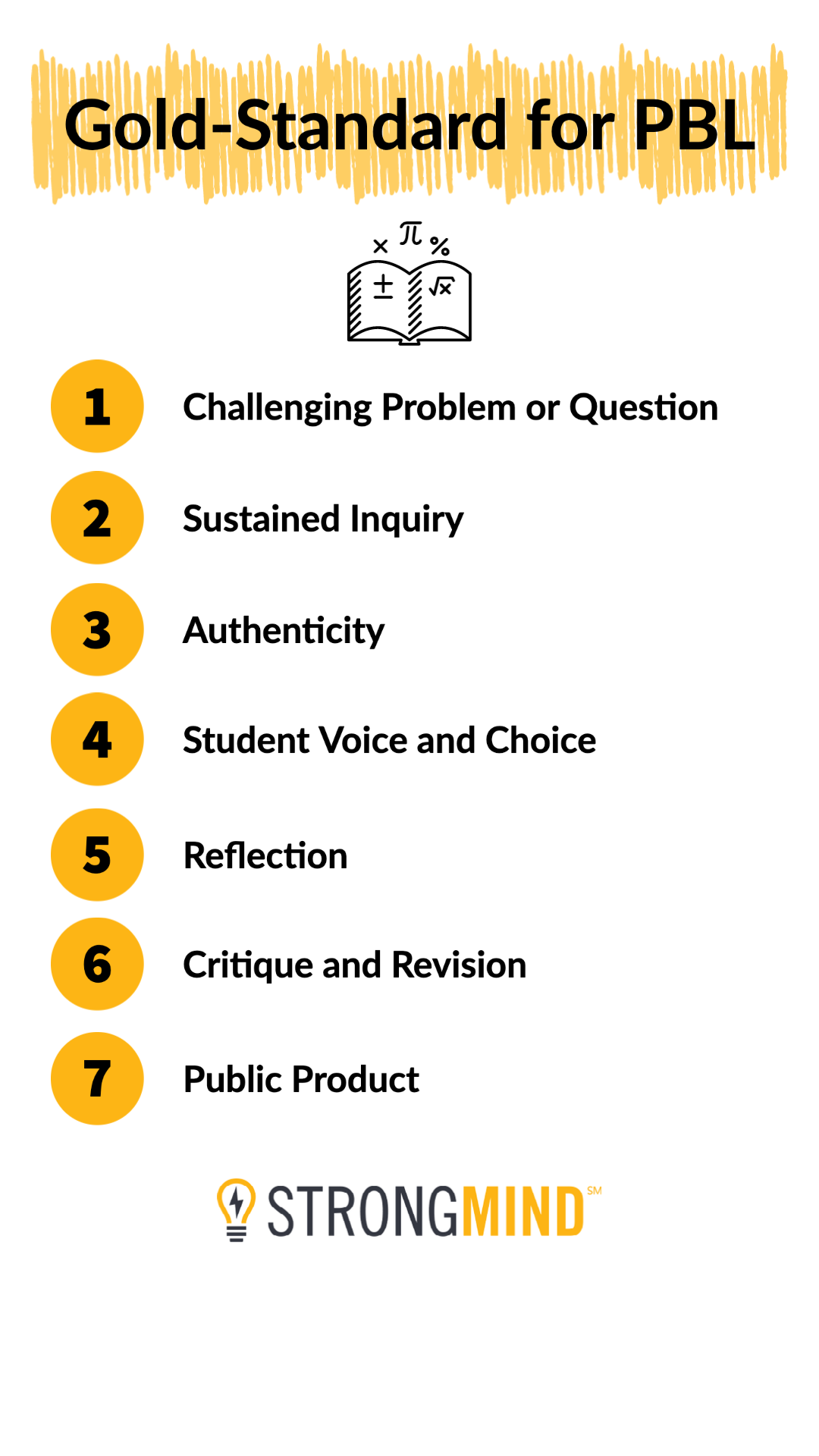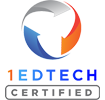Have you ever taught or observed a math lesson and overheard students ask, “When will I use this in real life?”
Although the question may frustrate teachers, it’s an important one. Showing students how their learning applies in the real world – whether directly or indirectly – motivates students and moves them from basic exploration to understanding and mastery of content.
Incorporating Project-Based Learning (PBL) in mathematics fosters positive connections between math and the real world
Project Based Learning is a teaching method wherein students use knowledge and skills and think critically by working for an extended period of time to investigate and respond to an authentic, engaging, and complex question, problem, or challenge. Effective PBL is sustained over a designated time frame and follows a specific design model, such as the “Gold Standard” as determined by PBLWorks.
Most educators understand the benefits and meaning of PBL, but embedding such learning into math curriculum can sometimes prove challenging. Digital curriculum is one solution for schools and districts looking to elevate the student experience with PBL.
StrongMind incorporates project-based learning throughout each hybrid / blended learning math course, empowering students to make connections between content and the real world.
Leveraging digital curriculum that incorporates project-based learning into content enables teachers to create impactful learning experiences without adding more work to their plates. With digital solutions such as StrongMind, PBL is sustained over two weeks, allowing for deeper learning and for students to apply their knowledge as they progress through different units. All StrongMind content follows Universal Design for Learning and Backward Design, ensuring accessible PBL for all learners.
What does PBL in StrongMind math courses look like?
In 7th Grade Math, students assume the role of an architect and analyze scale drawings to determine how they can be used to design buildings. Given one-fourth of an acre of land, the students create a blueprint of a house to present to a client.
From researching to creating a scale drawing and presenting their blueprints, students complete the project over two weeks. Using the Teacher Resource Guide (TRG), teachers can easily look ahead to see the project steps and a complete day-by-day schedule. TRGs also include a list of needed materials, pre-requisite knowledge, rubrics, and modifications for diverse learners. Each step of the project is written clearly, with objectives, so teachers can easily follow the plans.
 Similarly, in 10th grade Geometry, students assume the role of a city planner. They design their own city layouts using geometric principles, exploring how angles and parallel, transversal, and perpendicular lines are used in design.
Similarly, in 10th grade Geometry, students assume the role of a city planner. They design their own city layouts using geometric principles, exploring how angles and parallel, transversal, and perpendicular lines are used in design.
If teachers follow the pacing guide, the project spans 10 days and also includes suggestions for modifications with synchronous or asynchronous learning – which is essential as schools continue seeking flexible options for their students.
Students enrolled in Algebra 1 assume the role of an engineer to plan and test designs for a new device. They apply principles of quadratic equations as they work through the project, later expanding on the design by making packaging.
In this project-based learning activity, students have several objectives, including writing quadratic equations to describe rectangles and graphing parabolas from factored forms of quadratic questions. They also learn important 21st century skills, such as problem-solving and organizing ideas to develop a presentation for others.
StrongMind is unique in that all hybrid and blended learning courses provide teachers with robust resource guides, giving course overviews as well as project-based learning guides. In addition to supporting educators with PBL that aligns with unit and course objectives, teachers can more simply map out instruction and differentiate learning, letting all learners thrive.
When teachers have access to curriculum with project-based learning built in, they can create engaging learning experiences and help students see how math can be applied to solve problems in everyday life, society, or the workplace. As students explore various careers and concepts, they make positive connections between math and the real world and gain interest in STEM careers, opening up new opportunities for their futures.





